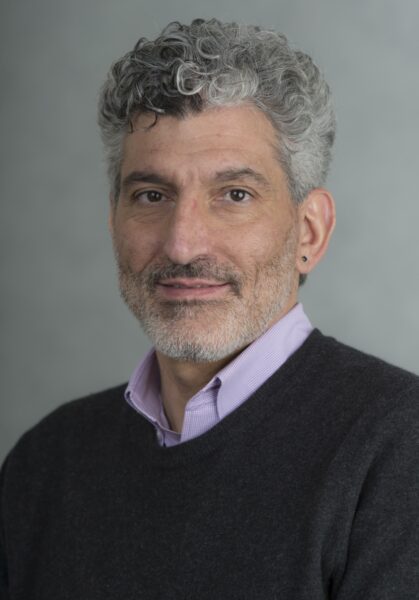
Ten years ago, Beata Chertok, Ph.D., imagined she could find a way to treat brain tumors without surgery. It all started when she read a letter.
The letter was written by a mother after her 18-year-old son’s sixth surgery for brain cancer. Each procedure had each left the boy more incapacitated. The mother begged neuroscientists to find a better way to treat a brain tumor.
That letter became Dr. Chertok’s research agenda. Through nanotechnology, she developed a model for magnetically targeting protein therapy to brain tumors and demonstrated its performance in rodents. Next, Dr. Chertok developed a first-time microplatform responsive to both magnetic and acoustic signaling and demonstrated it could deliver genetic therapies to tumors. In doing so, she discovered the role that brain immunity plays in tumor progression.
Her subsequent work designing genetic immunotherapy agents brought Dr. Chertok still closer to answering the mother’s plea for her son and set the stage for the study she undertook with support from the BRF.
Injectable microbubbles
There are a number of formidable challenges to delivering drugs intact to a precise location, the brain-blood barrier to name one. In addition, once the drugs arrive, in order to do its share of the work, each drug component must be activated at a separate time and on a strict schedule.
Dr. Chertok was awarded a BRF seed grant to determine the feasibility of a new “microbubble” delivery system that she designed. The microbubble device was tested in a series of experiments with rodents. She hoped the device can safely deliver to a pre-set treatment location a packet of drugs—genes, proteins and small molecules— to improve brain immunity. Not an easy task.
Controlled by ultrasound
Ultrasound is the key. Dr. Chertok planned to use it to “steer” the microbubble through the blood stream to a specific location in the brain; trigger its collapse and the release of the drug packet; and then activate each drug component at the split-second moment it is needed. Tumors in the test animals were examined after treatment to determine the effects of the therapy.
Far-reaching potential
Dr. Chertok’s study may lead to injection therapies for brain tumors, neurodegenerative diseases, like Parkinson’s disease and ALS, as well as traumatic brain injuries. BRF is proud to support such innovative research.




